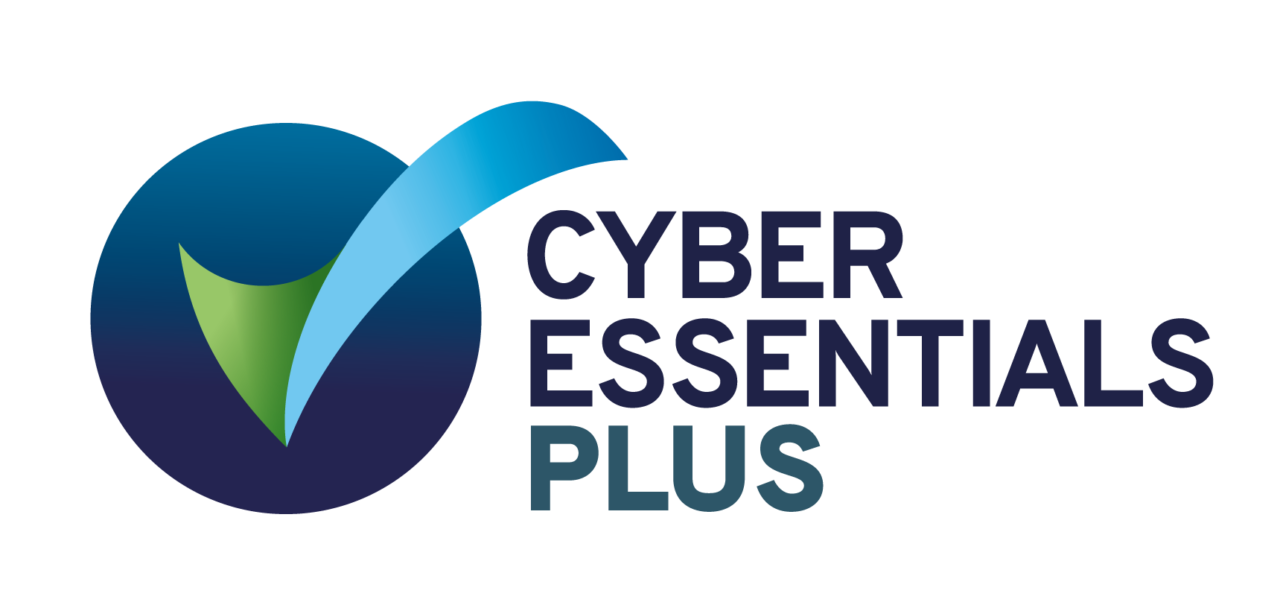Proofreading translated documents
If you’re not sure what a professional proofreading service is, or why you might need a translated document proofreading, here’s a handy guide.
Proofreading is a valuable addition to any translation service and simply means that a second, independent person checks over a document to see that it reads well and is accurate. If you don’t have anyone suitably qualified (a native speaker with subject experience) in your own organisation, we can offer additional proofreading of your translated documents by one of our qualified professional linguists.
When might this service be useful?
Proofreading documents is an absolute must in some circumstances:
- If we have translated a document for you and it is intended for publication, we strongly recommend that it is proofread by a second person, whether you do that internally or we offer it as an additional service.
- If you have had a document translated by someone else, we would be happy to check it over for you and suggest any amendments needed.
- If you have a glossary or style guide that needs to be observed a proofreader can help make sure that it is followed.
- If your text really needs to flow well, to convince a reader to make a purchase, for example, a proofreading service would be highly recommended.
- If you’re planning to publish a document written in English, we offer a special service for proofreading of English documents.
Having a translated document proofread can bring a level of assurance that what you are presenting is accurate, well written and, for marketing materials, will represent your company in a good light. For legal documents, having a translation proofread will help ensure that no delays or additional costs are incurred if something in the original translation is queried. For technical documentation, a second check is important to make sure all safety-critical information has been correctly translated.
As with all pieces of writing, a second pair of eyes can help spot an error or inconsistency which can so easily be missed the first time round, particularly if the original translation was done to a tight deadline. If your document is important, having it proofread can help make sure it does its job and you can relax knowing everything possible has been done to make sure things are right.
How do you proofread a translated document?
Comparing the original language with the translated version, the proofreading process looks for any errors in spelling, punctuation, obvious mistranslations, inconsistencies of style and other errors. It also considers how well the final translation reads as a standalone document in the translated language. Any issues found can be marked and commented on or the tracked changes feature in MS Word can be used.
If we are proofreading a translation provided by another party, we can provide a report on the quality of the original translation if required. This can be as detailed or as simple as you need.
If one of our translators proofreads a text for you, they will have at least the same level of qualifications and experience as the original translator and, of course, will be a mother-tongue speaker. All of our linguists are specialised in certain fields, where they have either qualifications and/or extensive experience and it’s our job to make sure the right person is selected to work on your texts.
How do I arrange document proofreading services?
If we are quoting for a document translation project, just let us know when you ask for a quote that you may like the translation proofread and we will include a separate cost.
If you have something else to proofread, contact us and we’ll take it from there.
With over 40 years of involvement in the translation industry we’re proud of our high levels of customer satisfaction and the work that our trusted linguists produce. Take a look at our Testimonials to see how we have been helping add value to our customers’ work and why you should trust us with your document proofreading requirements.

















